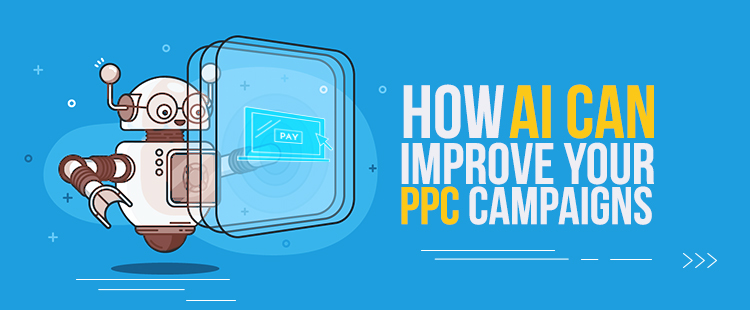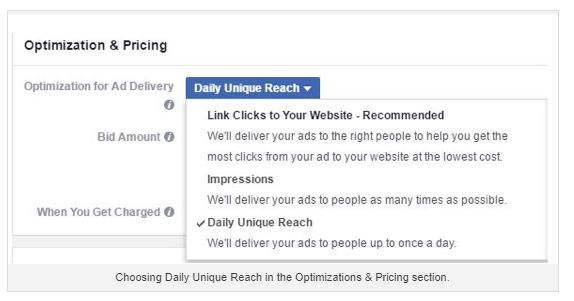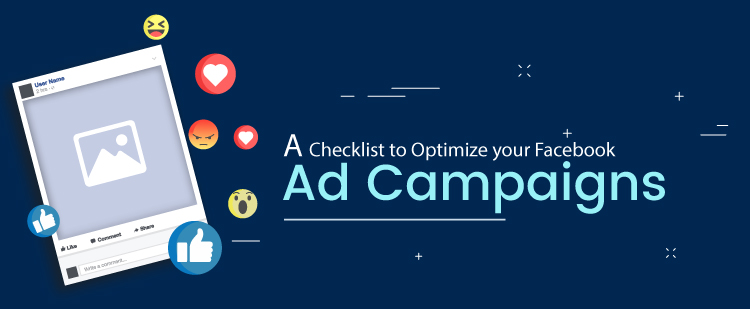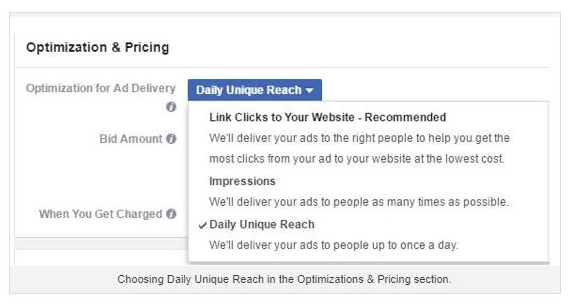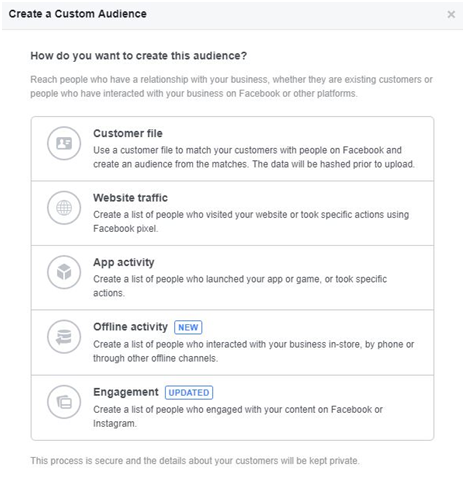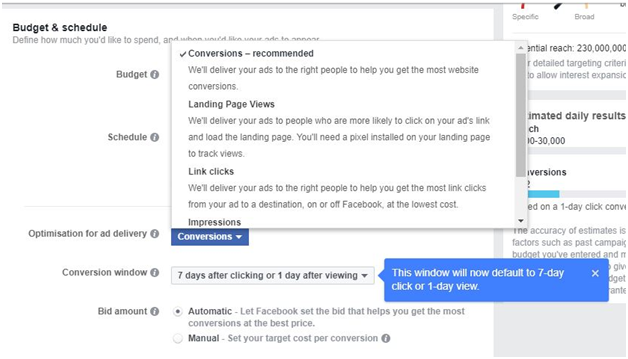If you have ever invested in Pay Per Click or PPC advertising in Google or Facebook, you know that it can take up lot of your time and concentration. Setting up big budget ad campaigns and continuous monitoring of performance and budget is a full time job in itself.
As you may know, many of repetitive tasks can now be done by machines without any human intervention. Marker’s tasks such as email sending, impression counting and conversion tracking have all been automated in the recent past. This is also true for PPC campaigns. Machine learning and artificial intelligence are already monitoring and fine-tuning paid ads.
In this blog we will discuss how AI is improving PPC campaigns and also look at what the future of PPC campaigns look like.
How can AI Improve your PPC Campaigns?
- Dynamic ads
Marketers put in a lot of effort in writing the perfect ad copy for their target market. Wouldn’t it be great if the ad changed itself to suit the person viewing it? It’s not magic and many PPC platforms are already doing it.
Facebook Dynamic ads show different products to different users based on their interest and browsing history. Dynamic Search Ads in Google Adwords generates ads that match user search with the products available on your site. This means that you don’t have to worry about missing out keywords. Google uses AI to learn about your website and serves up exactly what users are searching.
- Ad delivery Optimization
Delivery of your ad to the right people at the right time can make or break your PPC campaign. Facebook ad optimization shows your ad to the right people depending on your ad objective set. For example, if your objective is website traffic, Facebook will show your ad to people who are most likely to click on the link to your site.
- Automated Bidding
Wondering what bid would land you top spot in Google search? Set your campaign to automated bidding and let machine learning do the guesswork for you. Google automated bidding adjusts your bid to achieve any of the below objectives chosen by you:
- Increase Site Visits
- Top spot in Search Engine Results
- More visibility over other domains
- Get more conversions
This is free and convenient tool offered by Google. However, it does not meet the flexibility of manual bidding. Consider a case where you would want to apply automated bidding only to a high conversion keyword and not the rest. Automated bidding will not allow you this flexibility.
In such a case you can go for AdWords scripts or AdWords API. These features let you make automated changes in your AdWords account. This requires JavaScript coding knowledge to play around. These features can be time-saving and very profitable if you have a tech-savvy team.
- Discover audience
Application of AI doesn’t always have to be in the PPC platform. Applying AI and machine learning on user searches and customers converted can also give insights into management of your PPC campaign.
Consider the case of Arteric, which is into cutting edge technology for healthcare companies. Analysis of 250,000 searches for a pharmaceutical company revealed an unexpected opportunity in Spanish language search volume. AI is good at discovering new opportunities which a human would easily miss. In fact it is impossible for us to look for every permutation and combination of possibility. On the other hand, AI can easily skim through large amounts of data and pull out unexpected opportunities for your ads.
- Uncover relevant keywords
AI can discover relevant keyword by the same method mentioned above. Data analysis of search terms reveals real-world conversational language in your industry. For example, analysis of search terms may reveal that people search for ‘ideas for Christmas Gifts’ instead of ‘buy Christmas Gifts’. This can help marketers in finding keywords with buyers’ intent and wasting money on non-performing keywords.
- Pause low-performing ads
Not all ads in you campaign perform the same. Some ads get more conversion than others because of the keywords, ad copy and landing page. Pausing or deleting low performing ads not only saves ad money from being wasted, it also boost your ad quality score (Quality rating assigned by Google Adwords to your ad).
Monitoring ad performance to delete low performing ads is a repetitive and time consuming process. This can be automated by using Adwords Scripts and API integrations.
Future of PPC Campaigns
PPC campaigns are far from being fully automated. Some of the functions such as optimized display and bidding rules can be set with free automated tool. Others can be automated using Adwords API and Scripts. However most of the tasks require humans to make sense of the data and take decisions.
As technology progresses we will see machine learning take up more tasks. Who knows, we might soon see a time where you simply input your goal and budget and the Adwords AI takes care of the rest.
